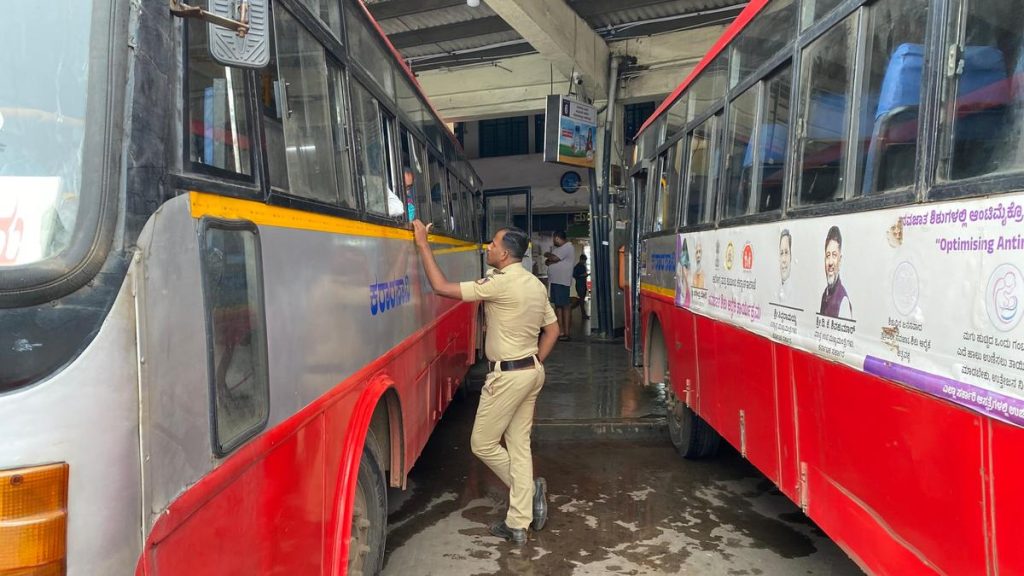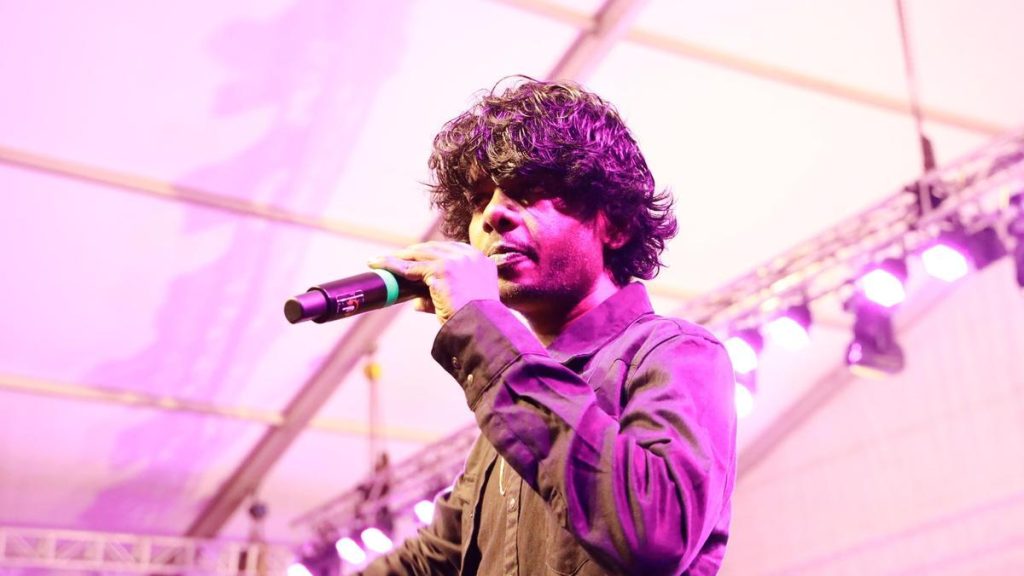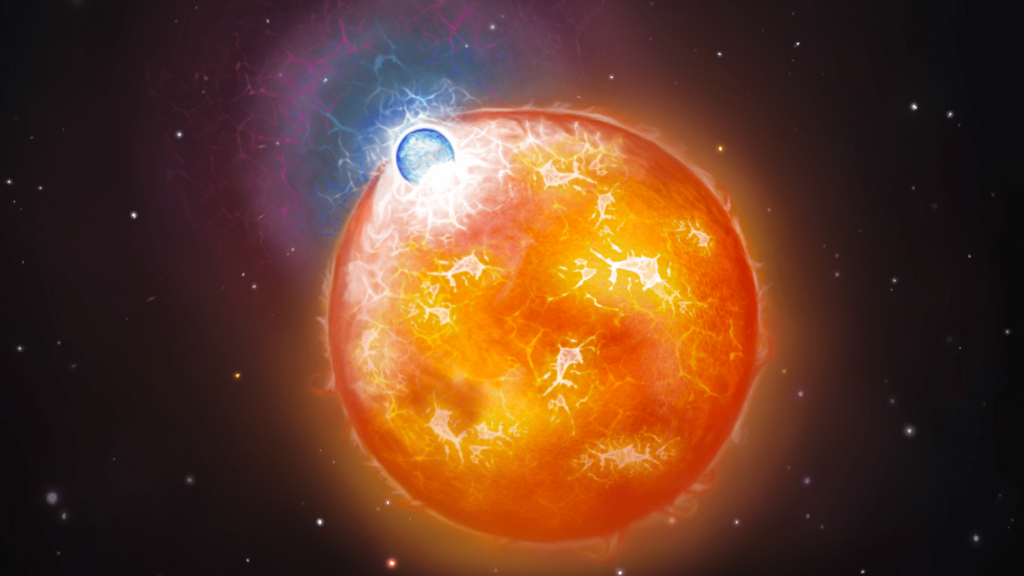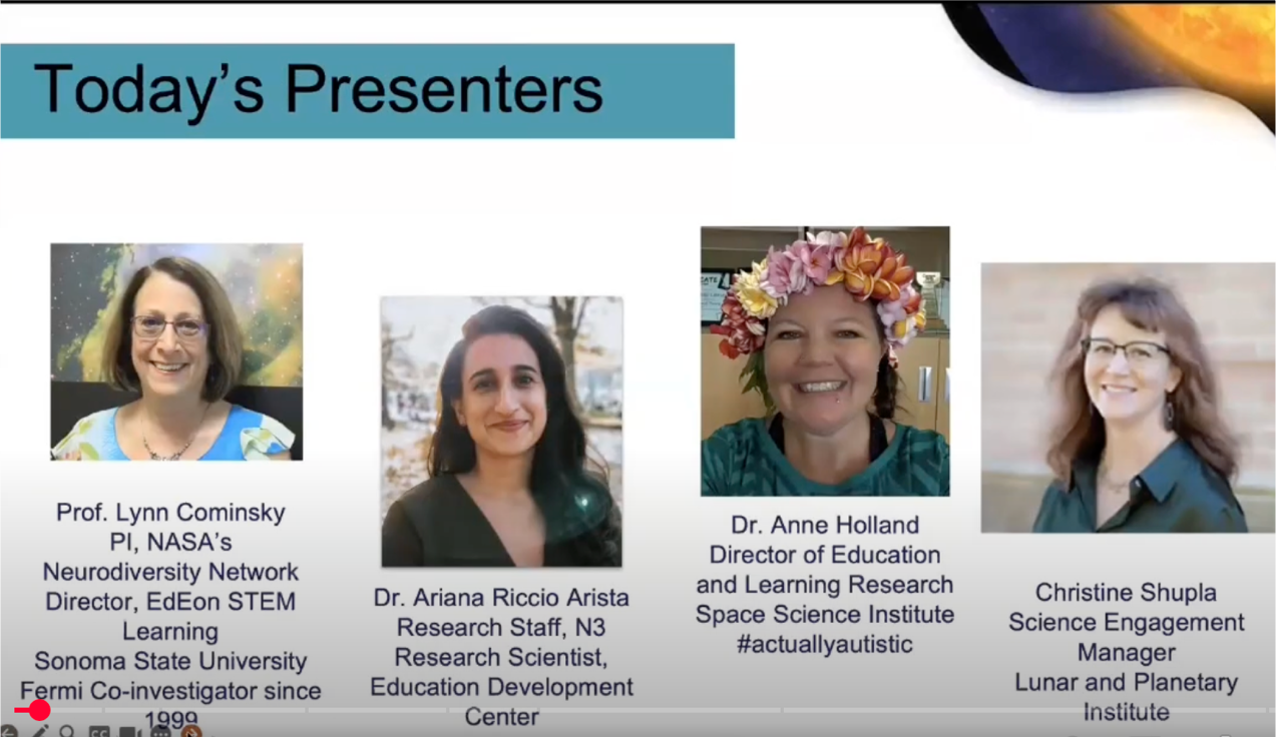Now Reading: NASA’s Distributed Spacecraft Autonomy: A New Era in Space Exploration
-
01
NASA’s Distributed Spacecraft Autonomy: A New Era in Space Exploration
NASA’s Distributed Spacecraft Autonomy: A New Era in Space Exploration
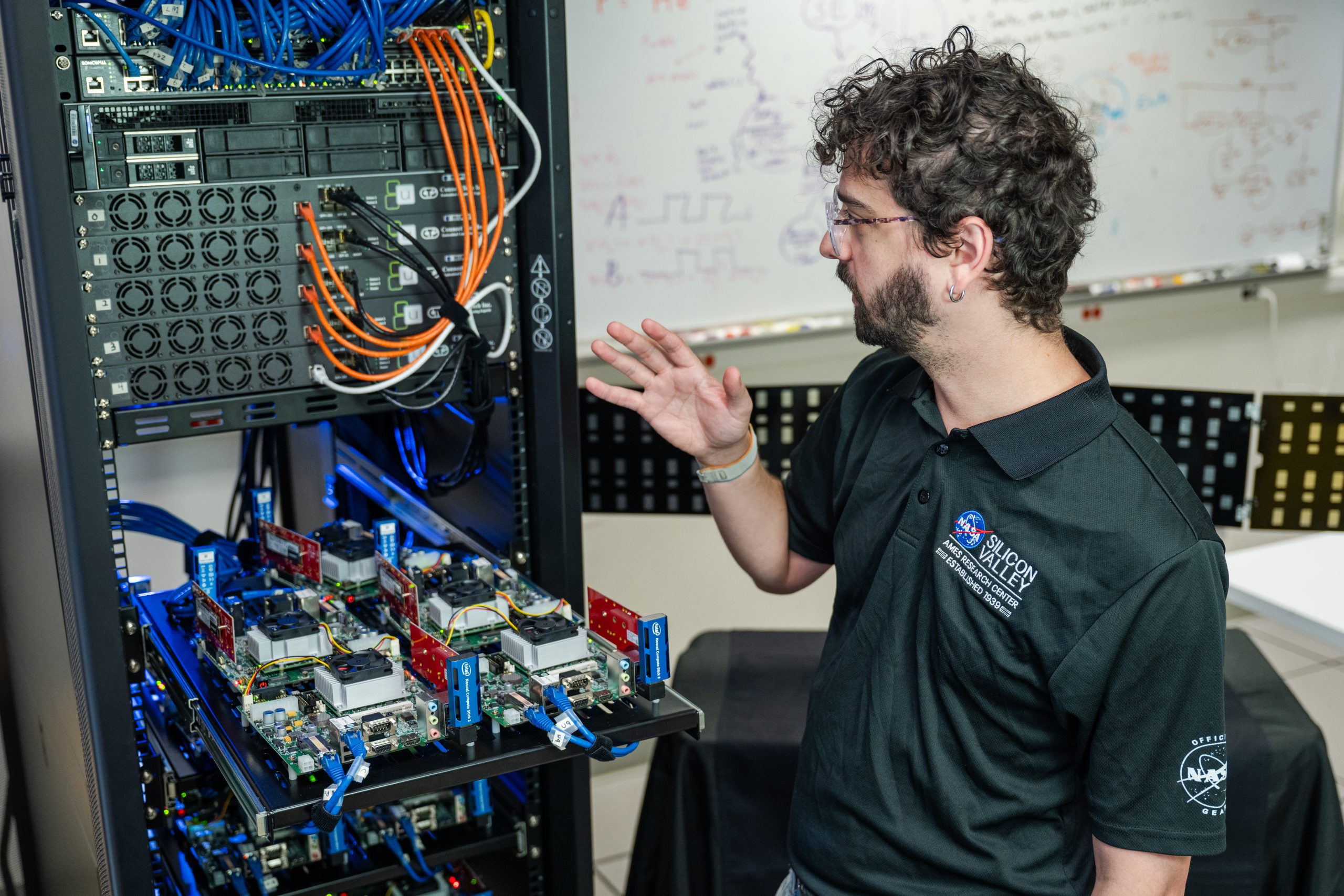
Fast Summary
- Technology Overview: NASA’s Distributed Spacecraft Autonomy (DSA) project enables satellites to operate autonomously as swarms, sharing decision-making and adapting to changes without human intervention.
- Purpose: Helps astronauts on Moon/Mars missions by automating satellite operations for navigation, communication, and scientific objectives while overcoming time delays in Earth communication.
- Achievements:
– DSA’s first prosperous demonstration on Starling spacecraft swarm (July 2023), achieving fully autonomous distributed operations.
– Satellite swarm measured Earth’s ionosphere independently through shared autonomy and reactive operations.
– Achievements include automated planning, issue correction capabilities, distribution of workload across satellites, and space-to-space communication.
- Simulation Tests: Ground-based simulations demonstrated the scalability of autonomous lunar swarms for position/navigation services akin to GPS. Future testing planned for larger satellite swarms by 2026.
- Milestones & Timeline:
– Development began in October 2018; Starling launched July 2023; extended mission begins October 2024; larger swarm simulations scheduled for post-2026 testing.
Indian Opinion Analysis
NASA’s advancements in autonomous satellite technology hold meaningful implications for global space exploration. The Distributed Spacecraft Autonomy (DSA) project showcases a leap towards efficient deep-space exploration by reducing dependency on Earth-based operators. It ensures task continuity even under equipment malfunctions by leveraging collaborative systems across individual spacecraft.
For India-home to ISRO’s rapidly advancing space program-such innovations offer insights into enhancing self-sufficiency within satellite missions. The integration of autonomy within India’s upcoming lunar or Mars missions could reduce operational costs while aiding broader scientific goals like real-time data collection without communication delays.
Further research into distributed autonomy highlights an international trend toward scalable orbital systems that might benefit India’s ambitions to build advanced remote sensing networks or explore multi-satellite constellations offering terrestrial services like navigation akin to GPS.
NASA’s experimentation delivers valuable benchmarks showcasing the future potential of decentralized smart systems in both interplanetary science and practical applications closer home.


